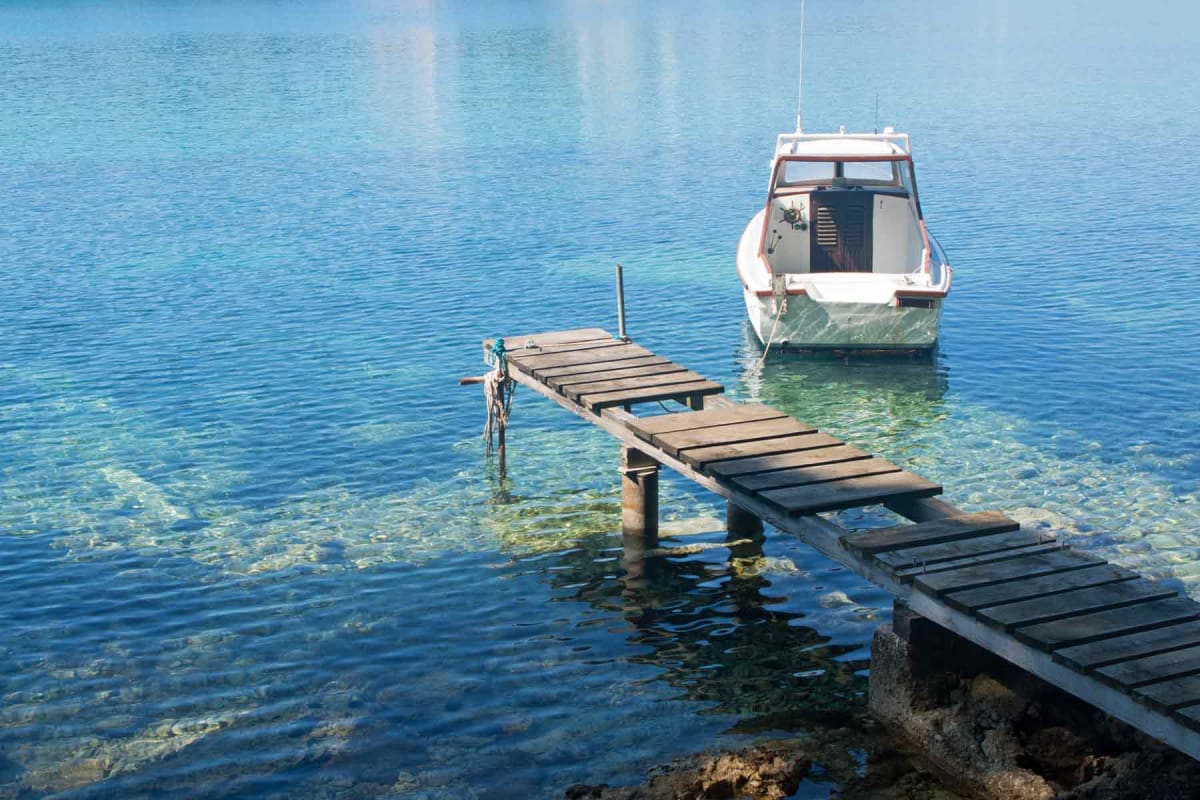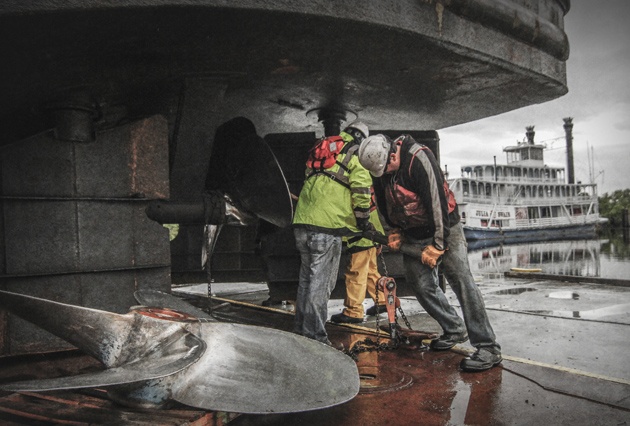Typical Issues That Cause Costly Dock Repairs
Typical Issues That Cause Costly Dock Repairs
Blog Article
Efficient Dock Repair Techniques: Making Sure Structural Honesty
Making sure the structural integrity of anchors through efficient repair methods is critical for the long life and security of marine facilities. This entails a multi-faceted method beginning with extensive evaluations using innovative innovations like sonar devices and from another location operated lorries (ROVs) to identify both visible and concealed damages. Consequently, selecting the appropriate fixing products, such as corrosion-resistant alloys and composite products, is essential for toughness. Architectural reinforcement techniques, including the application of cross-bracing systems and load-distribution plates, play an essential function in mitigating anxiety factors. Nevertheless, the relevance of these methods comes to be obvious when discovering innovative repair work methods and preventative upkeep techniques.
Examining Dock Damage
Examining dock damage is an essential initial action in guaranteeing the architectural stability and safety of any kind of docking facility. This first assessment includes a detailed assessment to recognize both hidden and noticeable damages. Trick elements to examine consist of the dock's foundation, pilings, outdoor decking, and equipment. Each element needs to be scrutinized for indications of wear, rot, rust, or various other types of degradation that could jeopardize the architectural honesty.
Architectural designers or certified examiners typically carry out these assessments making use of specialized tools and strategies. For example, underwater examinations could employ finder tools or remotely ran vehicles (ROVs) to find submerged damage. Over water, aesthetic examinations are enhanced by utilizing dampness meters and various other diagnostic tools to reveal underlying concerns not right away noticeable to the naked eye.

Choosing Repair Service Products
Picking the ideal fixing materials is a pivotal action in the dock remediation procedure, one that directly affects the longevity and efficiency of the repaired structure. Product option must be driven by factors such as environmental problems, load-bearing demands, and compatibility with existing dock components.
Along with wood, composite materials are significantly popular due to their sturdiness and reduced maintenance demands. Compounds, generally made from a mix of plastic and wood fibers, supply outstanding resistance to rot, pests, and UV damage. For steel docks, choosing corrosion-resistant alloys such as galvanized steel or marine-grade aluminum is important to prevent rust and guarantee architectural stability in saline water conditions.
Epoxy resins and marine-grade sealants are indispensable for repairing splits and securing joints, giving a water resistant obstacle and improving the dock's total strength. By thoroughly choosing premium products, dock repairs can attain durable results, therefore guarding against future degradation and guaranteeing safe, trusted use.
Structural Reinforcement Techniques
Efficient architectural support strategies are essential in guaranteeing the stability and durability of dock repair work. One essential technique includes using steel or composite support bars (rebar) within concrete frameworks. Rebar provides added tensile toughness, protecting against cracks and distributing tons a lot more evenly. This technique is particularly effective for docks exposed to heavy lots or extreme ecological problems.
Another crucial technique is the application of fiber-reinforced polymers (FRP) These products provide high strength-to-weight proportions and superb resistance to corrosion, making them excellent for enhancing concrete or wooden docks. FRP can be used in strips or sheets and adhered with epoxy materials to enhance structural integrity.
Bracing and securing systems additionally play a crucial role in structural reinforcement. Cross-bracing, making use of metal or wooden light beams, can counteract side forces, decreasing guiding and motion. Securing systems, such as helical piers or driven piles, supply a stable structure by transferring loads to much deeper, extra steady dirt layers.
Last but not least, the assimilation of load-distribution plates can help distribute weight a lot more evenly across the dock's surface, mitigating localized anxiety factors. These methods jointly make sure that docks continue to be durable and secure, with the ability of holding up against the roughness of their operational atmosphere.
Advanced Repair Work Approaches

One more sophisticated technique entails undersea welding, which permits for repairs to be performed without the demand to dewater the area. This method is particularly useful for resolving architectural concerns in immersed dock components, making sure minimal interruption to operations. Enhanced welding techniques, combined with robot systems, deliver accuracy and dependability, therefore expanding the life-span of the dock.
In addition, cathodic defense systems are carried out to stop rust in metal dock frameworks. By utilizing sacrificial anodes or impressed current systems, these strategies successfully minimize the electrochemical processes that lead to product deterioration.
Lastly, progressed monitoring technologies, such as structural health monitoring (SHM) systems, give real-time data on the condition of dock structures. These systems make it possible for aggressive maintenance and prompt treatments, eventually making sure the lasting architectural honesty of the dock.
Maintenance and Prevention
Upkeep and avoidance are basic ideas that underpin the durability and safety of dock structures. Routine evaluations are critical, permitting for very early detection of wear and here are the findings tear, potential weak points, and environmental influences. A proactive strategy, entailing routine look for corrosion, rot, and structural shifts, mitigates expensive fixings and lengthens the dock's functional life.
Preventative procedures must include using protective layers to metal components to safeguard versus rust informative post and making use of treated timber to withstand degeneration. Additionally, making certain appropriate water drainage and ventilation can protect against water buildup, which is a common root cause of structural destruction. Including quality materials and sticking to supplier standards during building and construction and repair service phases additionally play essential roles in improving resilience.

Educating workers in dock maintenance ideal methods guarantees constant application of safety nets. Leveraging technological developments, such as drones for assessments and sensing units for real-time monitoring, can additionally boost maintenance efforts. By focusing on upkeep and prevention, dock owners can guarantee architectural stability, functional security, and affordable monitoring over the dock's life-span.
Conclusion
Finally, preserving the architectural stability of aquatic facilities necessitates thorough dock repair strategies. Thorough assessments using advanced tools discover both noticeable and hid damages, while the his response selection of suitable repair products improves durability. Applying structural support methods addresses stress points effectively. Advanced fixing methods, combined with regular upkeep methods, ensure the dock continues to be functional and risk-free under diverse environmental conditions. Embracing these techniques considerably prolongs the lifespan and capability of marine framework.
Making sure the architectural integrity of docks via effective repair strategies is extremely important for the longevity and safety of aquatic facilities.Selecting the proper repair products is an essential action in the dock reconstruction process, one that directly influences the longevity and performance of the repaired framework.Efficient architectural reinforcement strategies are important in ensuring the security and longevity of dock repair work. By focusing on upkeep and prevention, dock owners can ensure architectural integrity, functional safety, and economical monitoring over the dock's lifespan.
In verdict, preserving the structural stability of marine centers necessitates extensive dock repair work methods.
Report this page